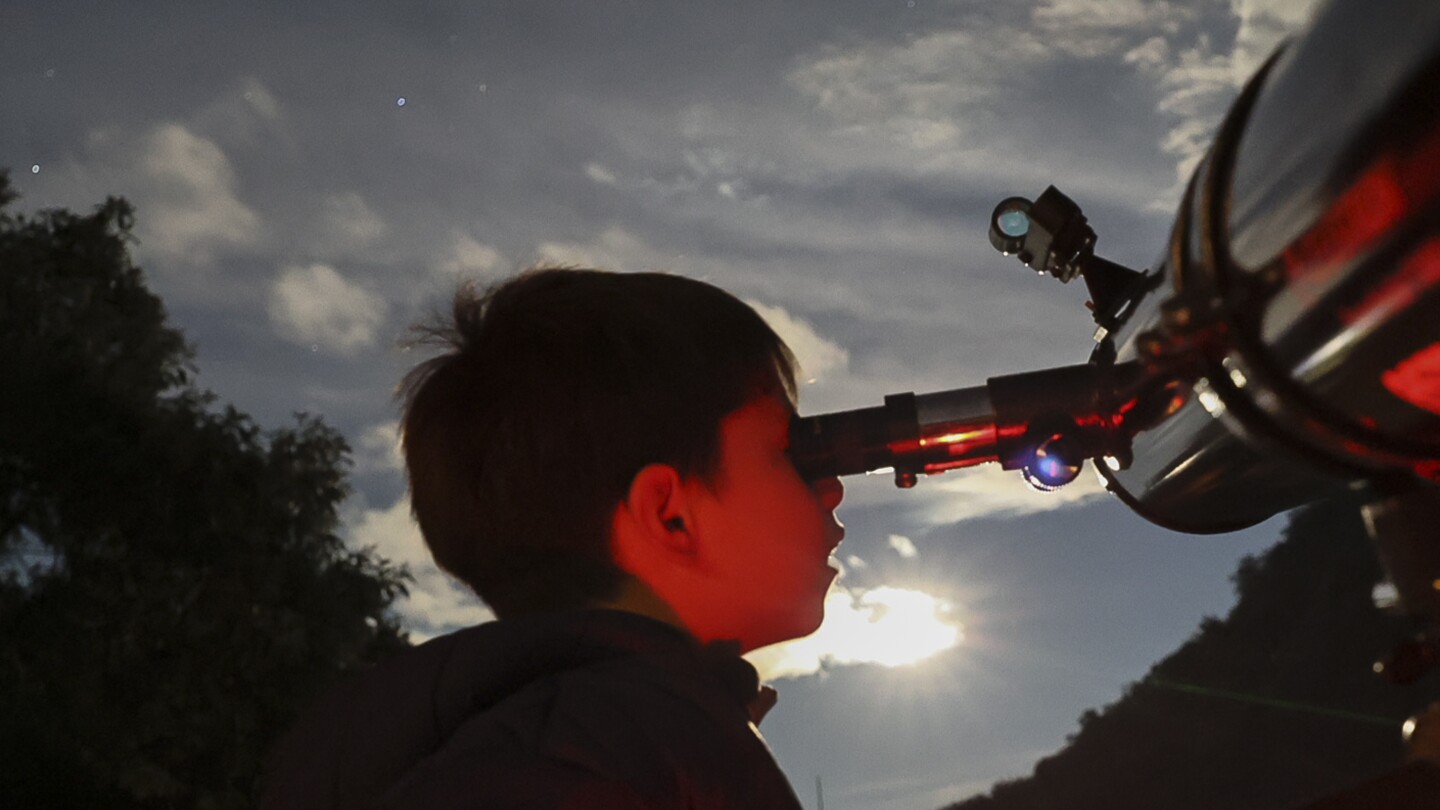Science
How to glimpse a parade of planets in the January night sky

A Rare Celestial Spectacle: Six Planets Align in the Night Sky
This month, stargazers are in for a special treat as six planets align in what’s known as a planetary parade. This rare and awe-inspiring celestial event offers a unique opportunity to witness multiple planets visible at once, with most of them easily viewable to the naked eye. The alignment isn’t a perfect straight line but rather a close grouping on one side of the sun. According to Hannah Sparkes, planetarium supervisor at the Bishop Museum of Science and Nature in Florida, these events are relatively common and can occur at least once a year, depending on the number of planets involved. While a similar parade happened last June, only two planets were visible without special equipment. This time, however, four planets—Venus, Mars, Jupiter, and Saturn—are readily visible, while Uranus and Neptune can be spotted with binoculars or telescopes. The event is a reminder of the beauty and complexity of our solar system.
The Brightest Stars of the Show: Mars, Venus, and Saturn
Among the planets on display, Mars is stealing the spotlight this month. Positioned directly opposite the sun, it shines exceptionally bright and appears as a striking reddish-orange dot in the sky. This alignment makes it one of the most conspicuous objects in the night sky. Meanwhile, Venus and Saturn put on their own show last Friday and Saturday nights, coming within just two degrees of each other—a rare and breathtaking sight for skygazers. Jupiter, though not as prominently aligned, still adds to the spectacle with its characteristic brightness. Together, these planets create a dazzling display that highlights the dynamic nature of celestial movements.
How to Catch the Planetary Parade: Tips for Viewing
To make the most of this astronomical event, timing and location are key. Kevin Williams, planetarium director at Buffalo State University, recommends heading outside on any clear, cloudless night this month. For optimal viewing, step outside a few hours after sunset and face south. Venus and Saturn will dominate the southwestern sky, while Jupiter will be visible in the southern sky. Mars, with its distinctive reddish hue, will appear in the southeast or east. These planets will outshine the surrounding stars, making them easy to identify even without specialized equipment.
For those who want to enhance their experience, Sparkes suggests downloading stargazing apps to guide where to look. These apps can help pinpoint the exact locations of the planets and provide additional insights into the night sky. Whether you’re a seasoned astronomer or a casual observer, this event promises to be unforgettable.
A Bonus for Stargazers: Mercury Joins the Parade
As the planetary parade continues, there’s an added bonus for enthusiasts: Mercury, often elusive due to its proximity to the sun, will make an appearance as the seventh planet in the lineup. While it’s currently faint and harder to spot, it’s expected to join the spectacle by the end of February. However, the parade won’t last forever. As spring arrives, the planets will slowly drift apart, marking the end of this celestialalignment. This fleeting nature of the event only adds to its charm, reminding us of the ever-changing beauty of the cosmos.
The Broader Significance: Understanding Our Place in the Universe
While the planetary parade is a visually stunning event, it also holds deeper significance. It offers a rare opportunity to reflect on our place within the solar system and the universe. As Williams remarked, events like these foster a greater appreciation for the interconnectedness of celestial bodies and the vastness of space. In an increasingly fast-paced world, moments like these invite us to pause, look up, and reconnect with the natural wonders that surround us. Whether you’re gazing at the planets with binoculars, a telescope, or simply the naked eye, this celestial showcase is a humbling reminder of the beauty and mystery of the cosmos.
Embrace the Wonder: A Call to Stargazers Everywhere
The planetary parade is not just a scientific phenomenon but a cultural and emotional experience that unites people across the globe. It invites us to step outside, away from the distractions of daily life, and immerse ourselves in the timeless wonder of the night sky. As the planets align in their celestial dance, they remind us of the infinite possibilities and secrets that lie beyond our world. So, grab a pair of binoculars, download a stargazing app, or simply find a quiet spot to gaze upward. Let the beauty of the universe inspire you to explore, learn, and appreciate the magic that surrounds us all.











